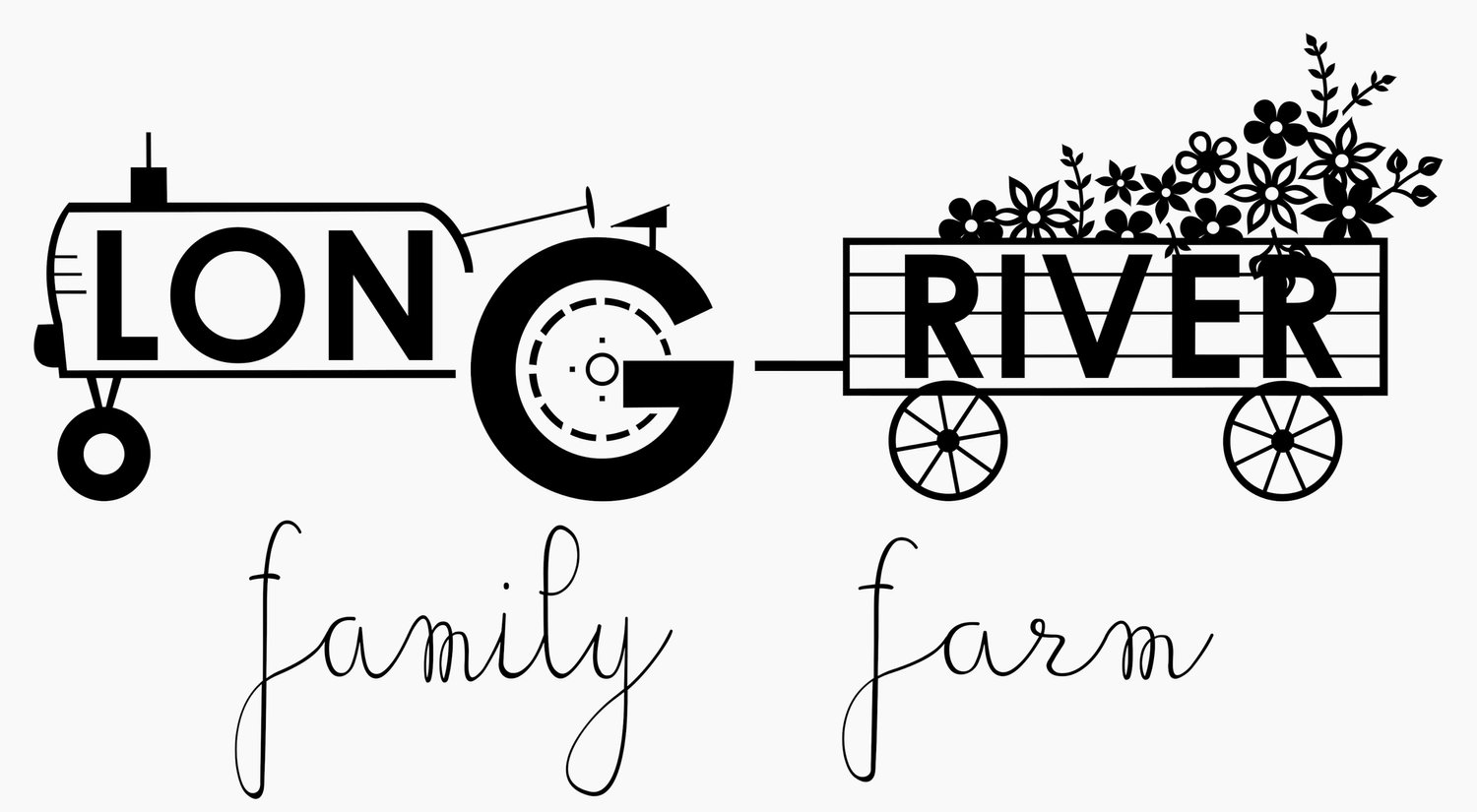Planning Your Garden ~ Step-by-step guide for harvesting cut flowers from your own garden
It’s time to feel confident cutting your flowers. I will teach you the best practices to have the happiest, healthiest flowers that last.
When I started growing flowers, I was utterly overwhelmed by all the information. This flower needs this kind of care, and this one needs to be boiled, seared, refrigerated, and on and on. It was very overwhelming.
Harvesting cut flowers can be an enjoyable and rewarding task. It can be done without becoming completely overwhelmed or without losing the vase life of your flowers.
I know how that feels and will simplify the process for you!
Here's a step-by-step guide to help you through the process:
1. Choose the right time: Early morning or late evening is ideal when the temperature is cooler and the flowers are fully hydrated. Harvesting your fresh flowers in the middle of the day can be done, but your flowers have a good chance of wilting.
2. Gather your supplies: Before you begin, gather the necessary supplies, including sharp pruning shears or scissors, a clean bucket filled with room temperature water, and additional materials like flower preservatives or plant food. Remember, clean, clean, clean. If you don’t drink out of that bucket, neither do your flowers: clean buckets, pruners, and water. You can add a drop, and I mean only a drop, of bleach to the water to help keep bacteria from growing and spoiling your flowers.
3. Selecting flowers: Look for flowers in their prime, with vibrant colors, firm petals, and no signs of wilting or damage. Avoid harvesting flowers that are past their peak or already starting to fade. There are a few tricks to certain flowers.
Zinnia’s need to have nice stiff stems, no wobbling, or they will wilt.
Sunflowers last the longest if you harvest them when their heads start opening.
Celosia, I usually give it the wobble test, too. If it’s too wobbly, wait.
Snapdragons should have 1/3 of the flowers open.
Salvia is an easy one and doesn’t mind being harvested at about any stage. Lisianthus - wait until the first bloom fades and the others start opening.
Cosmos - These usually have a spray of flowers. Buds that are just about to open are what you want. I will harvest them if there are some open ones, as long as there are more to follow.
4. Prepare the stems: If there are any leaves or thorns along the lower portion of the stem, gently remove them. Clean stems are just as important as clean vases and pruners.
5. Make a clean cut: Use sharp pruning shears or scissors to make a clean, angled cut on the stem, about 1 to 2 inches above the base of the plant. Avoid crushing or smashing the stem, as this can hinder water uptake. Cut deep, not from the top, cut deep into the plant. Don’t be shy, you can do it!
6. Place in water immediately: When you cut the flower, place it directly into the clean bucket filled with room temperature water.
7. Repeat the process: Continue harvesting your desired number of flowers, following the previous steps for each stem.
8. Let your flower condition: This means let them rest. Find a cool dark spot and let your flowers recover from their trip out of the field. They want a little time to get acclimated and rehydrate. Well, I don’t always do this right away, I try really hard to let my flowers sit for a little bit before or after I arrange them.
9.. Prepare the vase: Once you have finished harvesting, clean it thoroughly with warm water and mild detergent. Rinse it well to remove any soap residue.
10.. Arrange the flowers: Remove any excess foliage or thorns from the lower portion of the stems, leaving only a few leaves near the top. Arrange your flowers in the vase, submerging each stem in water.
11. Add flower preservative (optional): If you have flower preservative or plant food, follow the instructions and add it to the water in the vase. This can help prolong the life of your cut flowers.
12. Display in a suitable location: Choose a cool spot away from direct sunlight, drafts, or heat sources to display your cut flowers. Avoid placing them near fruits, as the ethylene gas emitted by ripening fruits can shorten the lifespan of the flowers.
13. Monitor and care for your flowers: Check the water level in the vase daily and replenish as needed. Remove any wilting or decaying flowers to prevent the spread of bacteria. Change the water every two to three days, re-cutting the stems slightly each time.
By following these steps, you can effectively harvest and care for your cut flowers, allowing you to enjoy their beauty for as long as possible. No more overwhelm or fear.
Want to learn with some hands-on training? Sign up for my cut and conditioning class coming in August. Click HERE
